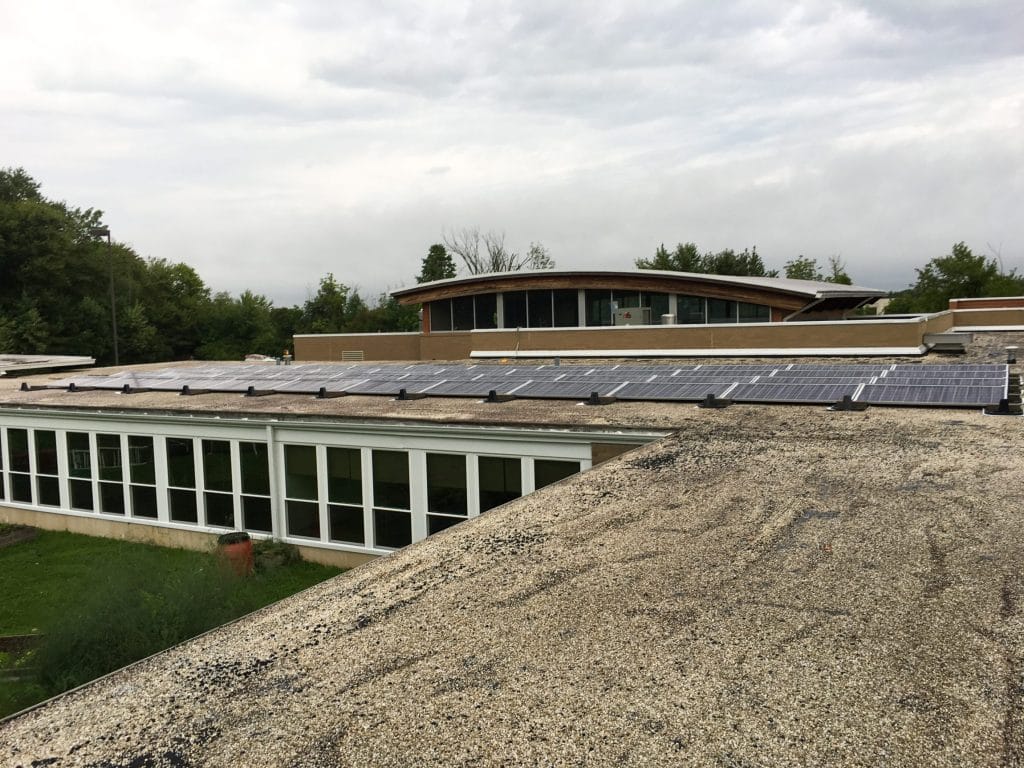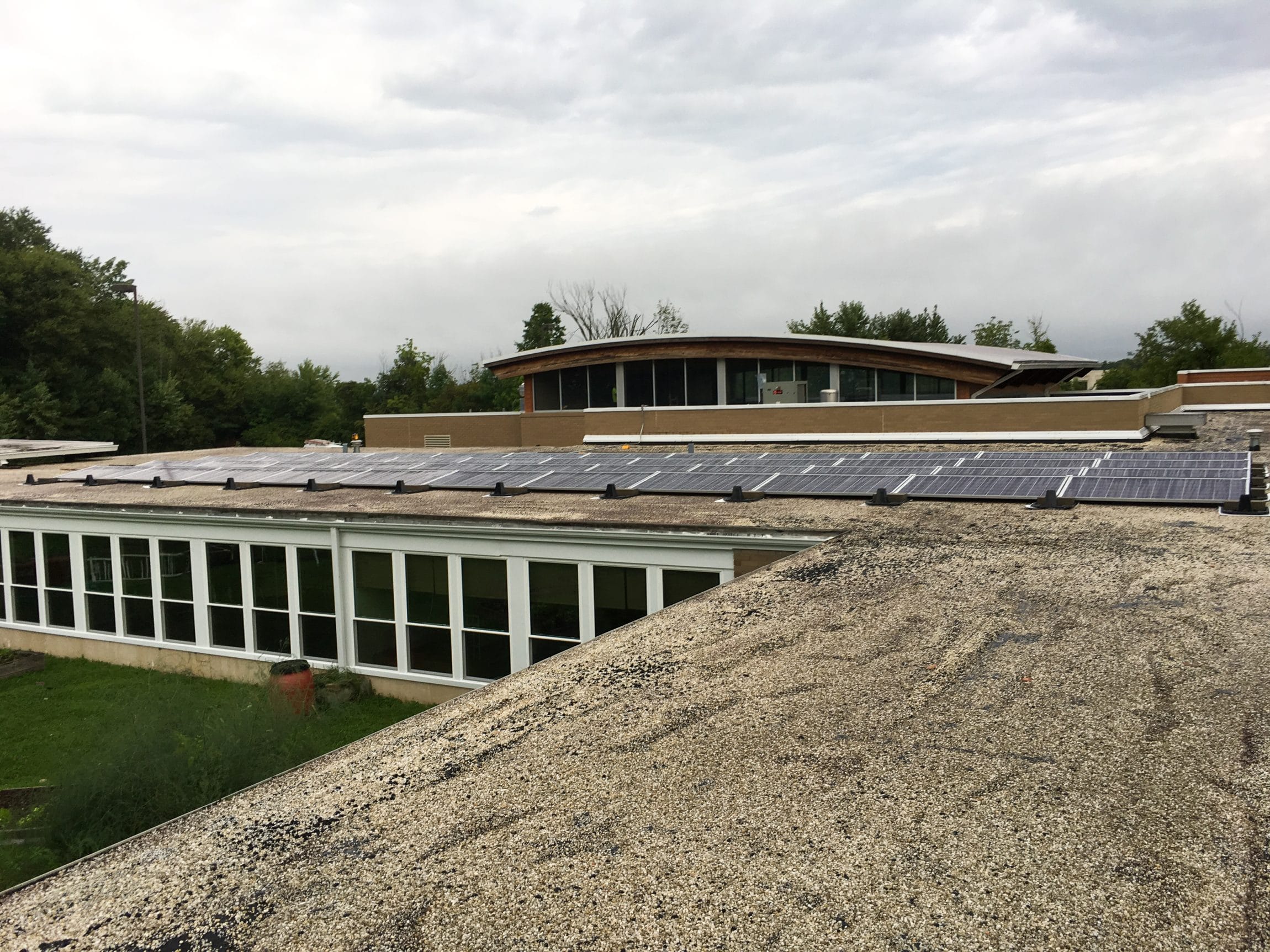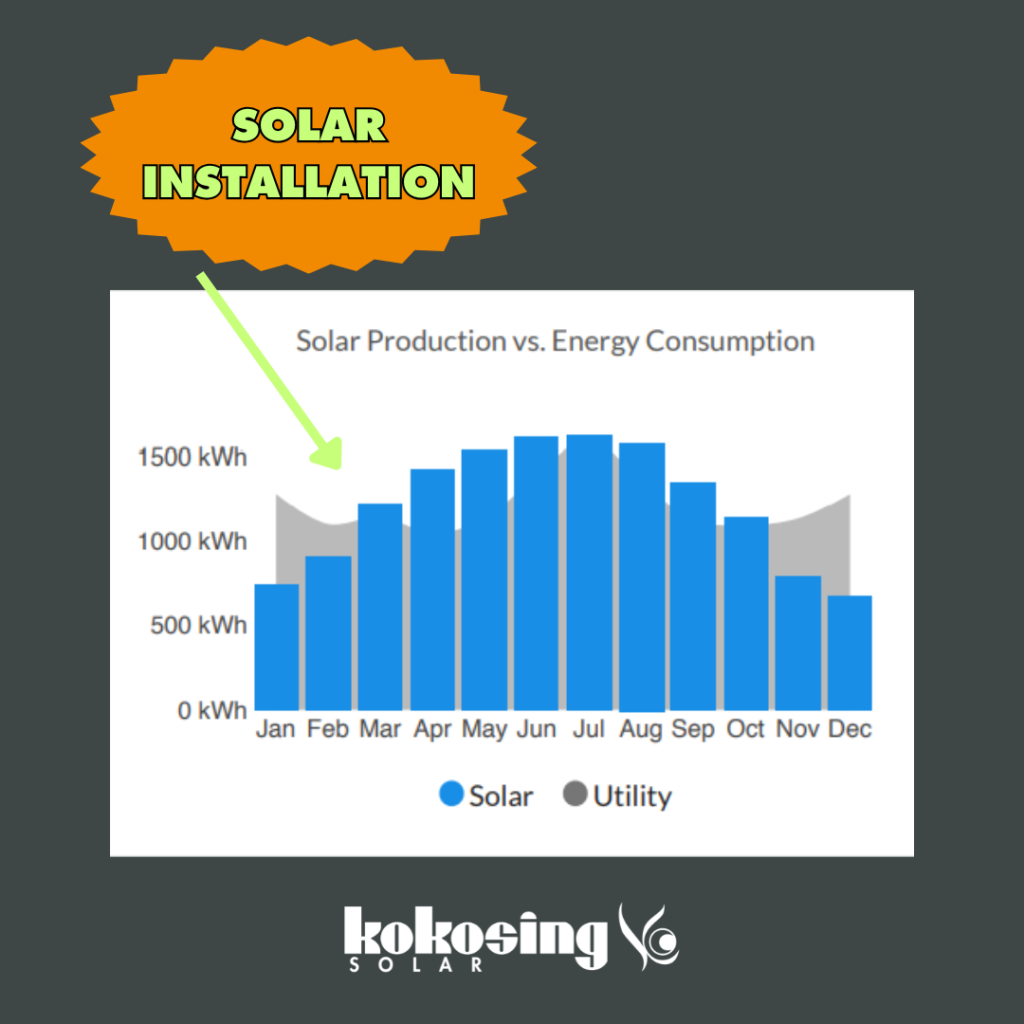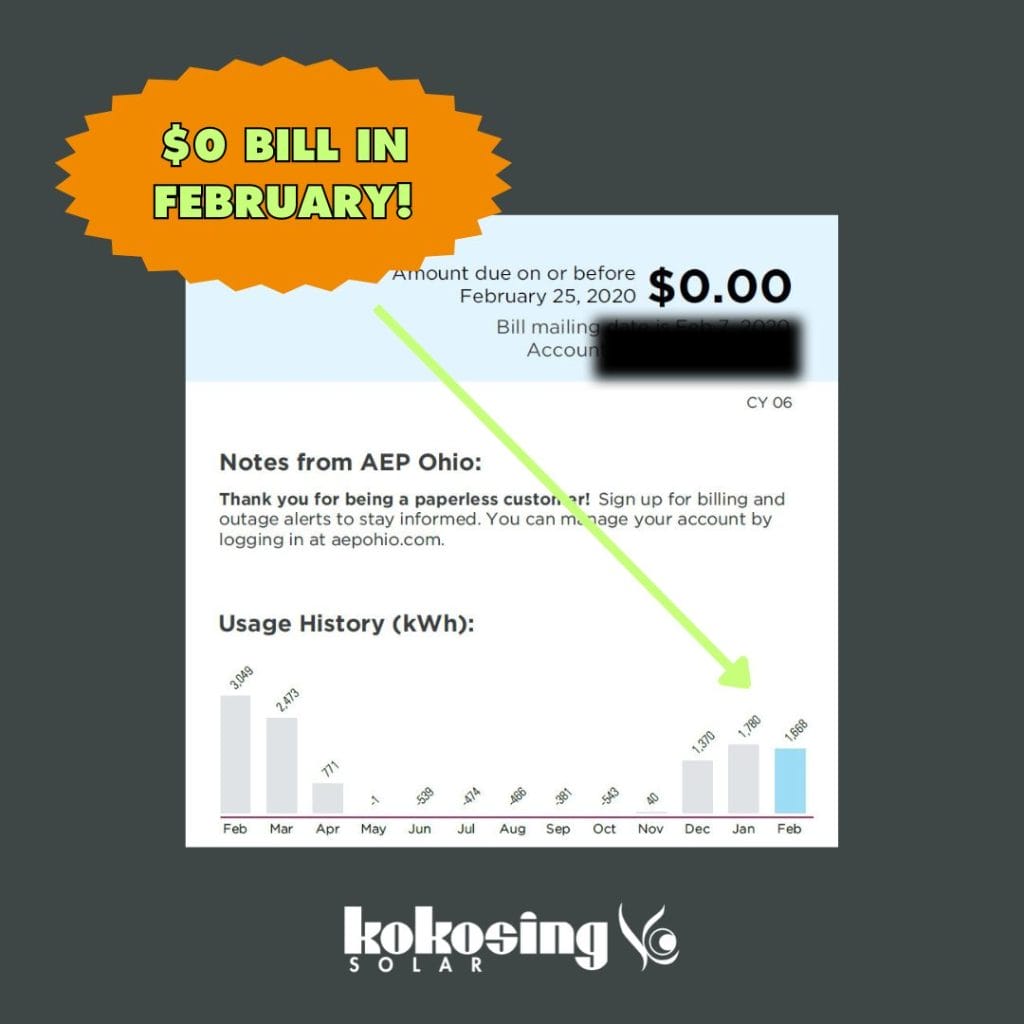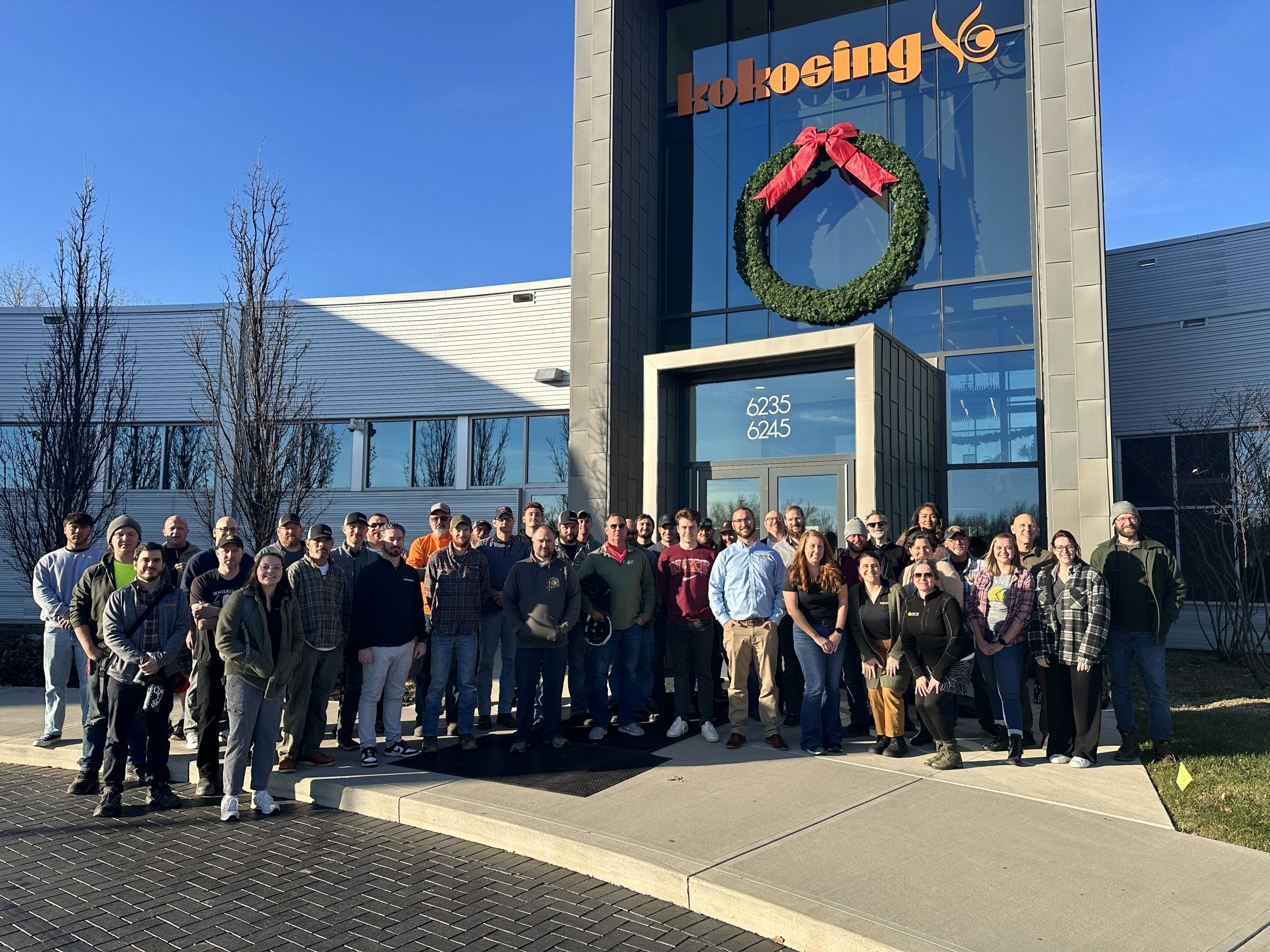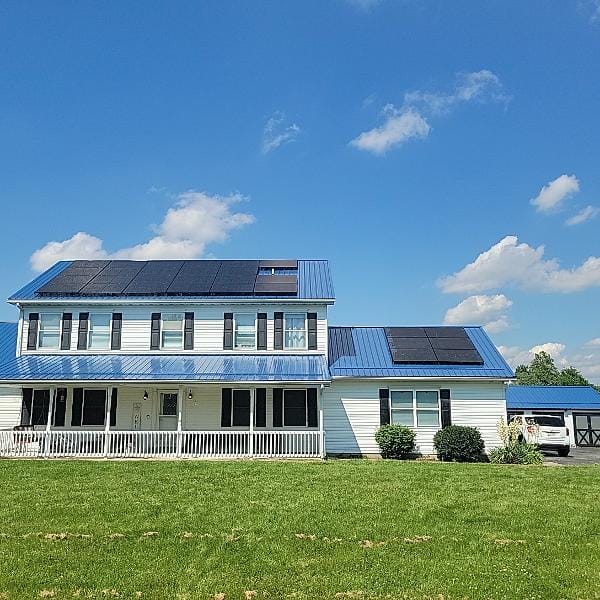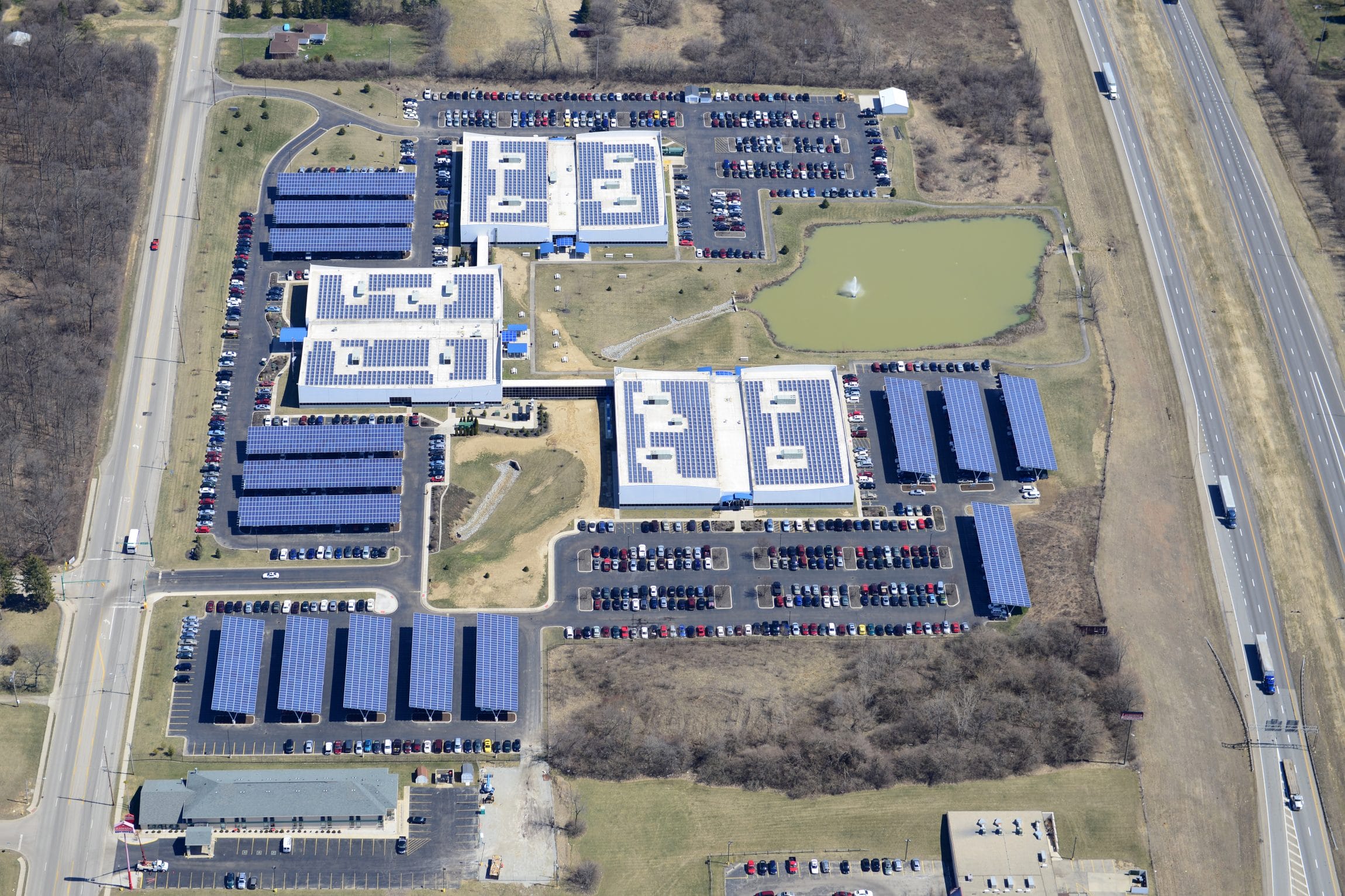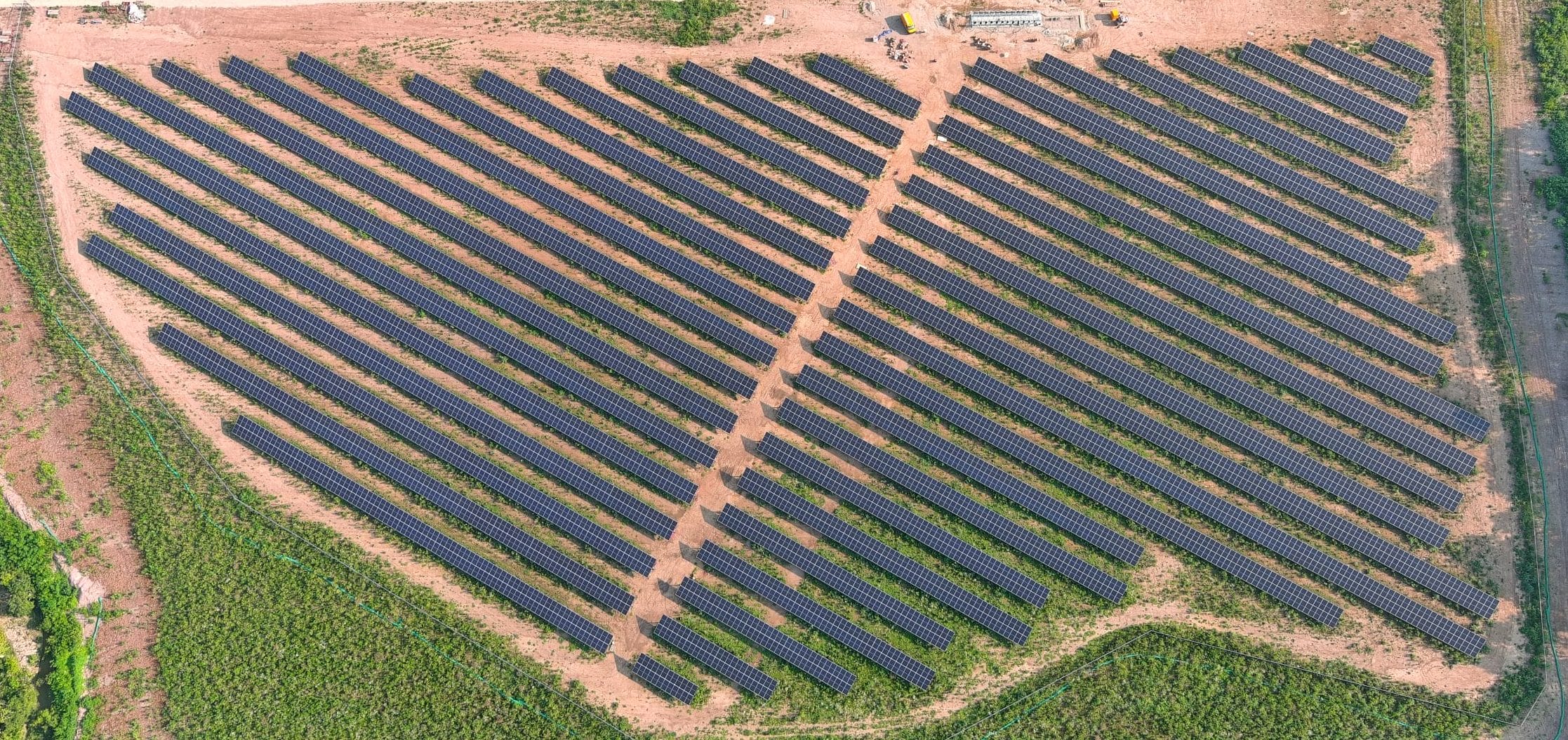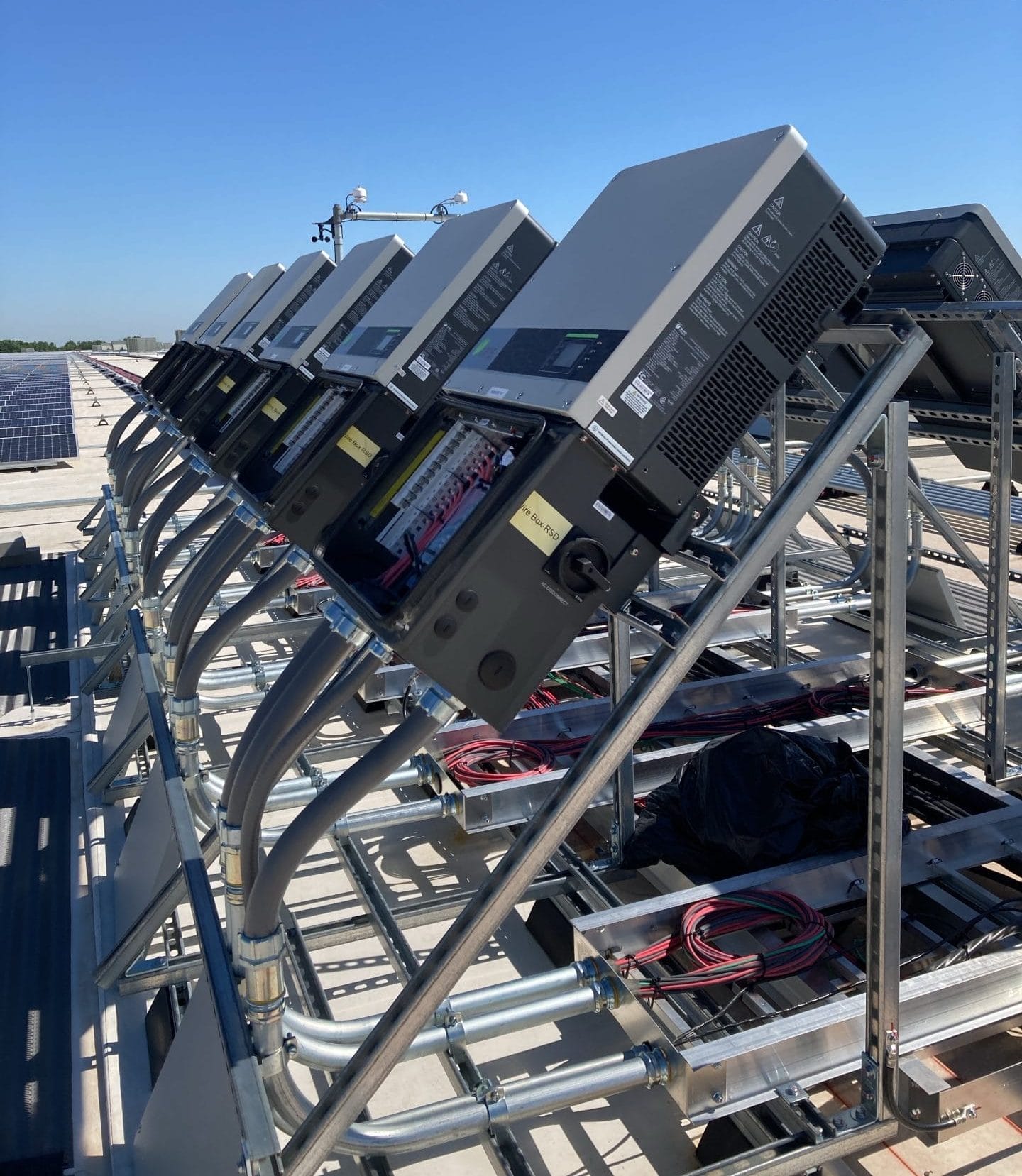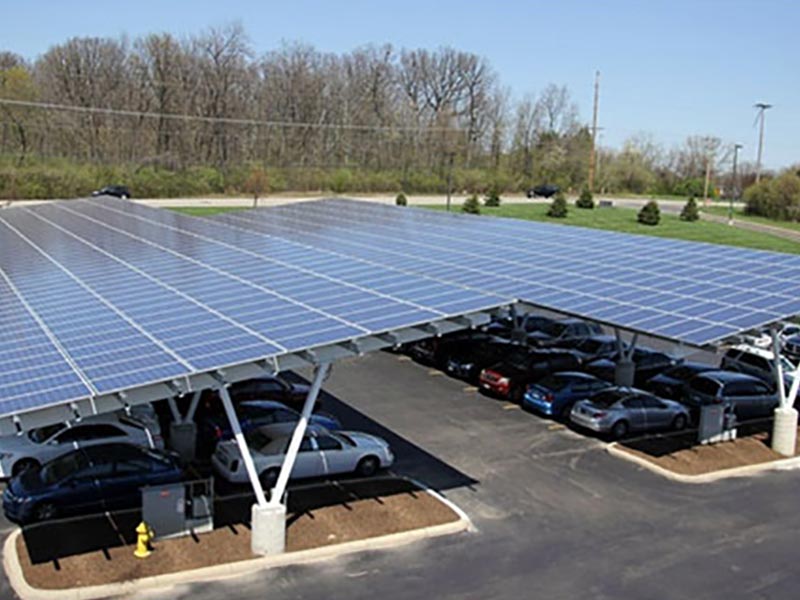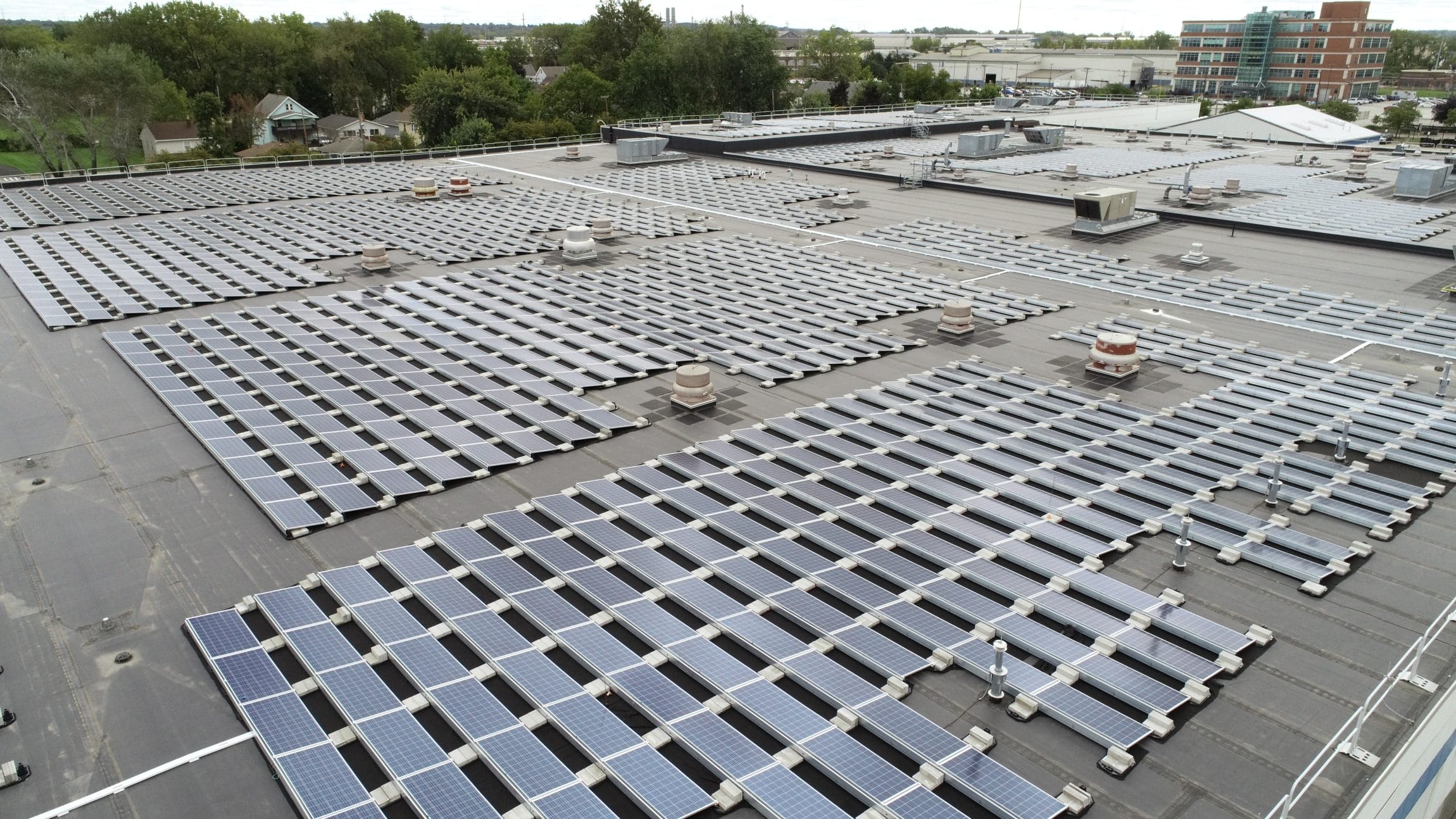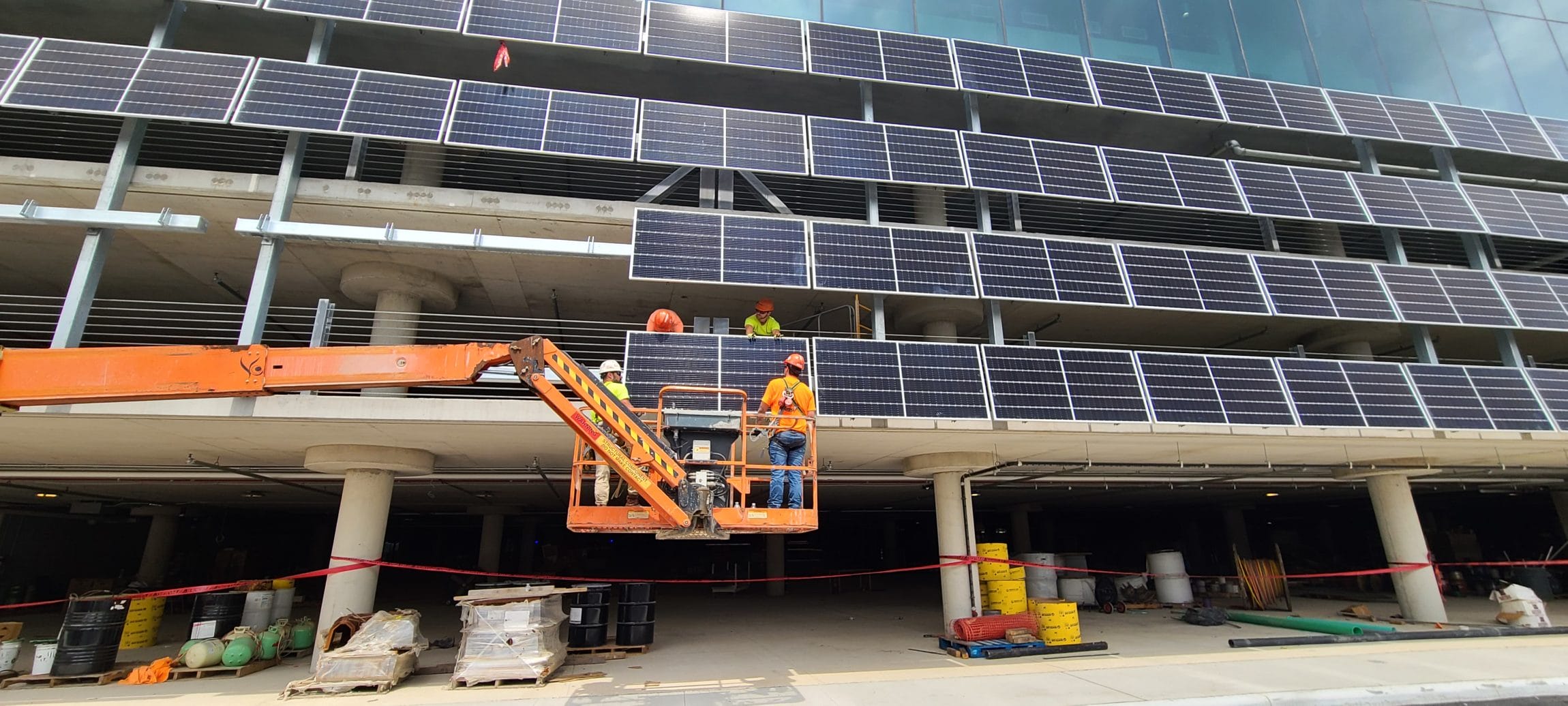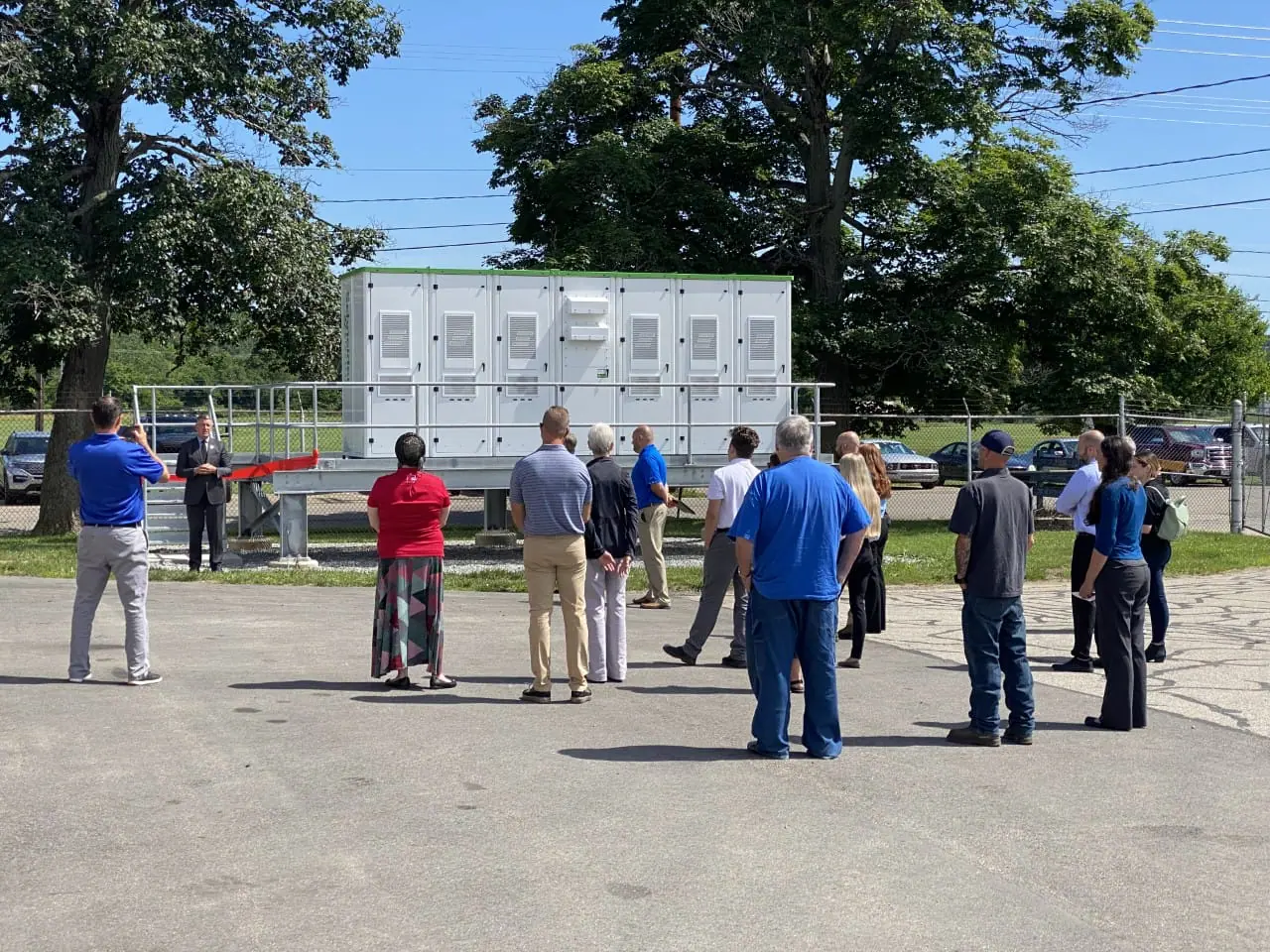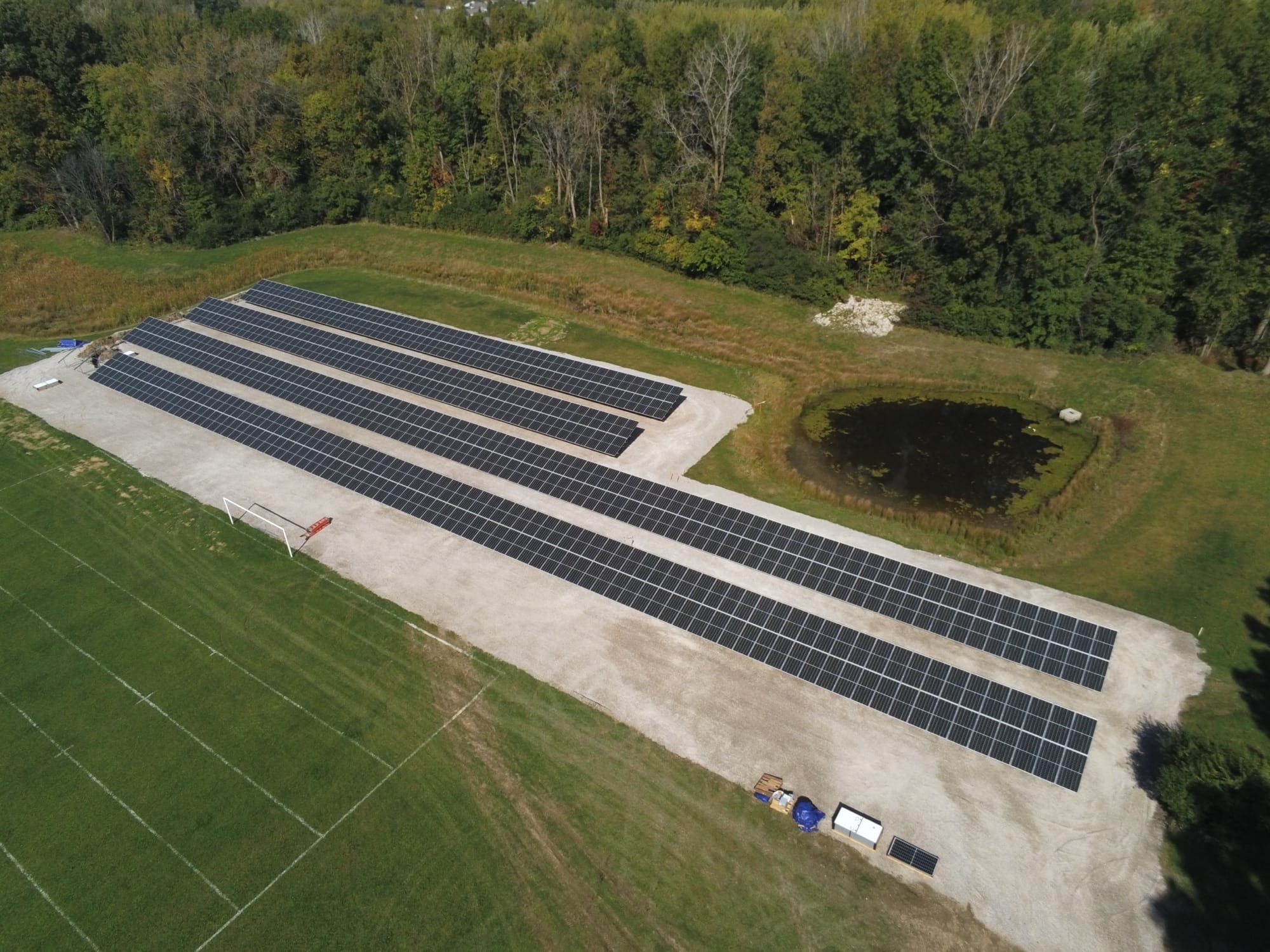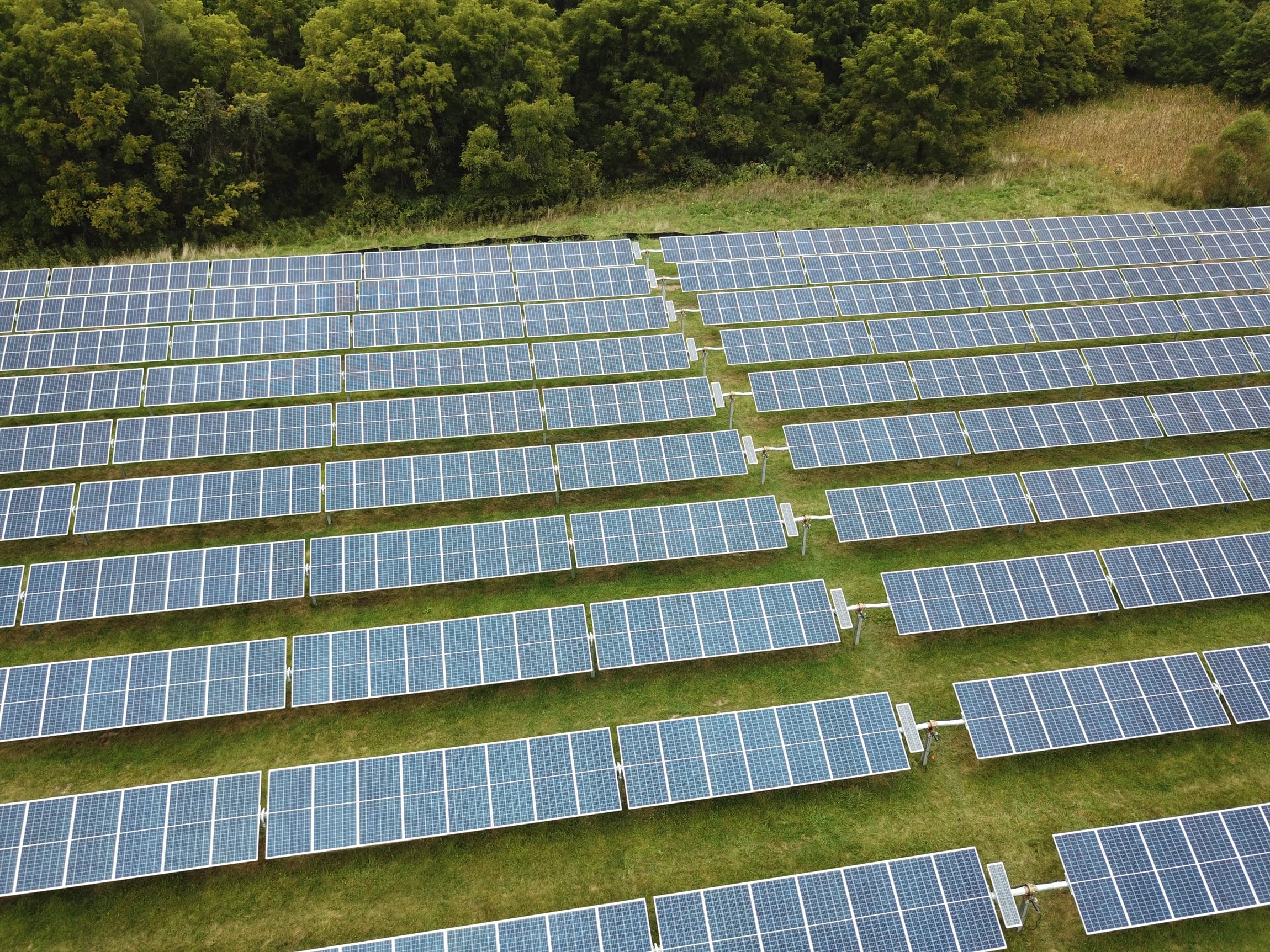Going Solar 1099 v W2 Employees
Solar energy is booming, and new companies are appearing everywhere. Whether you’ve been actively researching solar benefits, had someone knock on your door, or seen countless ads on social media, you’ve likely come across a solar company.
But not all solar companies are created equal.
Many are simply sales or lead generation businesses that don’t perform the actual work or hold electrical licenses. With such a significant investment, it’s crucial to understand who you’re working with. In this post, we’ll explore the key differences between companies that employ their own W2 team and those relying on 1099 contractors.
When deciding on a solar installation company, it’s crucial to consider who is performing the work. One of the key differences between solar companies is whether they employ their own team as W2 employees or rely on 1099 independent contractors. At Kokosing Solar, we believe in the importance of employing W2 team members, and here’s why it benefits you as the customer.
Consistency and Alignment with Company Values
W2 employees are part of the company’s core mission. They are more likely to align with the company’s long-term goals, values, and vision. At Kokosing Solar, we train our team to prioritize quality, safety, and customer satisfaction, ensuring every interaction reflects our high standards.
In contrast, 1099 employees often work for multiple clients and juggle multiple projects, which may dilute their focus and lead to inconsistent results. They might not be as invested in the company’s values, leaving you with a less personalized experience.
Comprehensive Training and Accountability
W2 employees receive thorough training, ensuring they are well-versed in the latest solar technology, local regulations, and customer service standards. At Kokosing Solar, our team members undergo rigorous in-house training and are continuously supported by a direct team of designers, project managers, and technical experts.
On the other hand, 1099 contractors are often responsible for their own training. Without a structured support system, this can result in a lack of knowledge or skill gaps, which can negatively affect your solar installation.
Customer Protections and Long-Term Support
W2 employees are typically afforded benefits and protections like healthcare, competitive wage structures, and retirement plans, which contribute to higher job satisfaction and stability. This translates into better service for you. When you work with Kokosing Solar, you are partnering with a team dedicated to providing long-term support, from the initial consultation to post-installation follow-up to service work if you ever need it.
Independent contractors working on commission are more likely to prioritize sales over customer care. Without the backing of a consistent employer, 1099 contractors might be less incentivized to stay engaged after the sale, leading to less reliable service after installation.
Local Knowledge and Accountability
Our W2 employees live and work in Ohio, which gives them a deep understanding of the local permitting processes, utility interconnection rules, and regional climate. This local knowledge helps avoid costly delays and ensures your system is designed to perform optimally in your area.
On the other hand, 1099 contractors may not have the same level of insight into local regulations, especially if they are based in another state or working remotely. This could lead to unnecessary complications during your installation.
Improved Communication and Teamwork
At Kokosing Solar, our W2 team members work closely together, ensuring seamless communication from sales to operations. This team approach results in better coordination, project management, and faster problem-solving when issues arise.
In contrast, 1099 contractors often work independently or in silos, which can lead to miscommunications and gaps in accountability. These breakdowns in communication can result in delays or even subpar installations.
Consultative Approach vs. Sales-Driven Focus
Our team of W2 employees approaches every customer interaction from a consultative position, offering honest, thoughtful advice that fits your unique needs. We focus on building trust, customer education, and delivering the best solar solution for you—not just making a sale.
Conversely, 1099 contractors, often working on commission, may adopt a more aggressive sales approach, which could lead to overpromising and underdelivering. This type of sales-driven interaction can sometimes feel more transactional and less informative for the client.
Conclusion: The Kokosing Solar Difference
When you choose Kokosing Solar, you are partnering with a company that values quality, integrity, and long-term relationships. Our team of dedicated W2 employees brings consistency, accountability, and deep local expertise to every project, ensuring your solar installation is a seamless and positive experience.
Don’t settle for less—choose a turnkey company that employs their own team members and is committed to delivering the highest quality solar solutions- for years to come.
